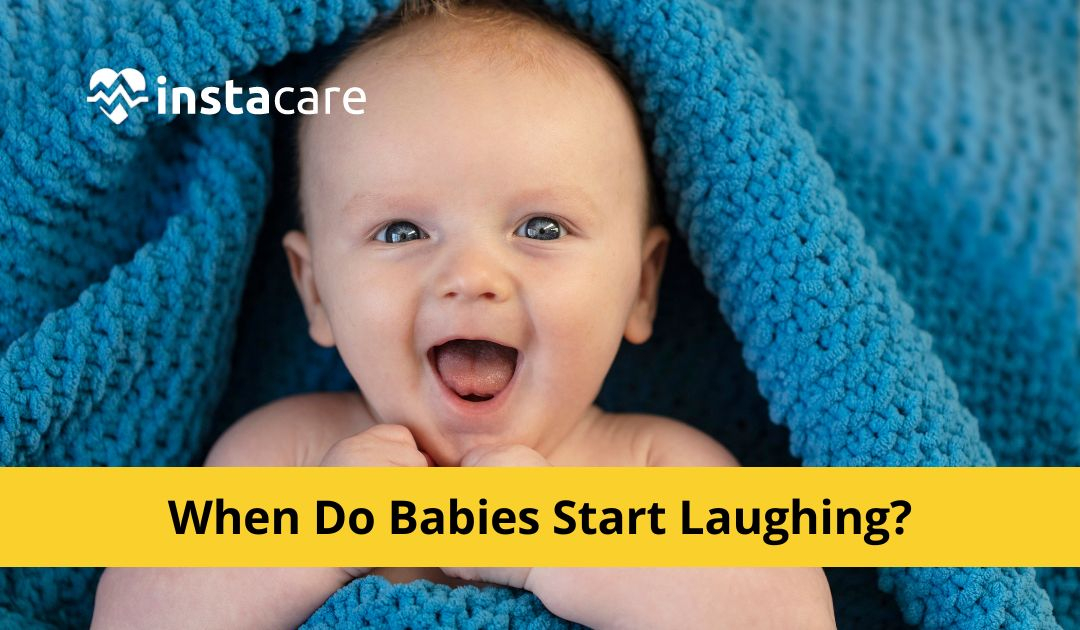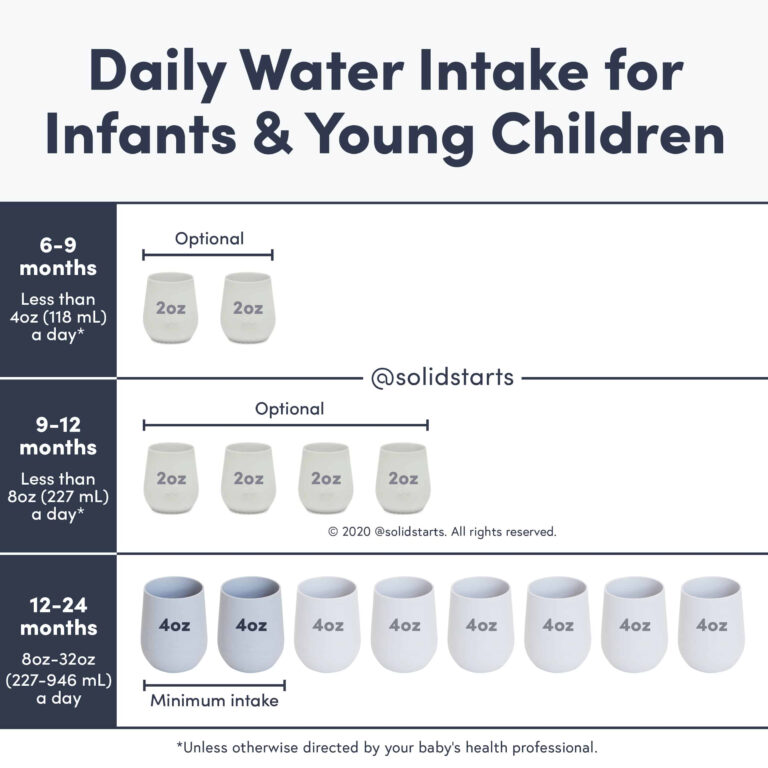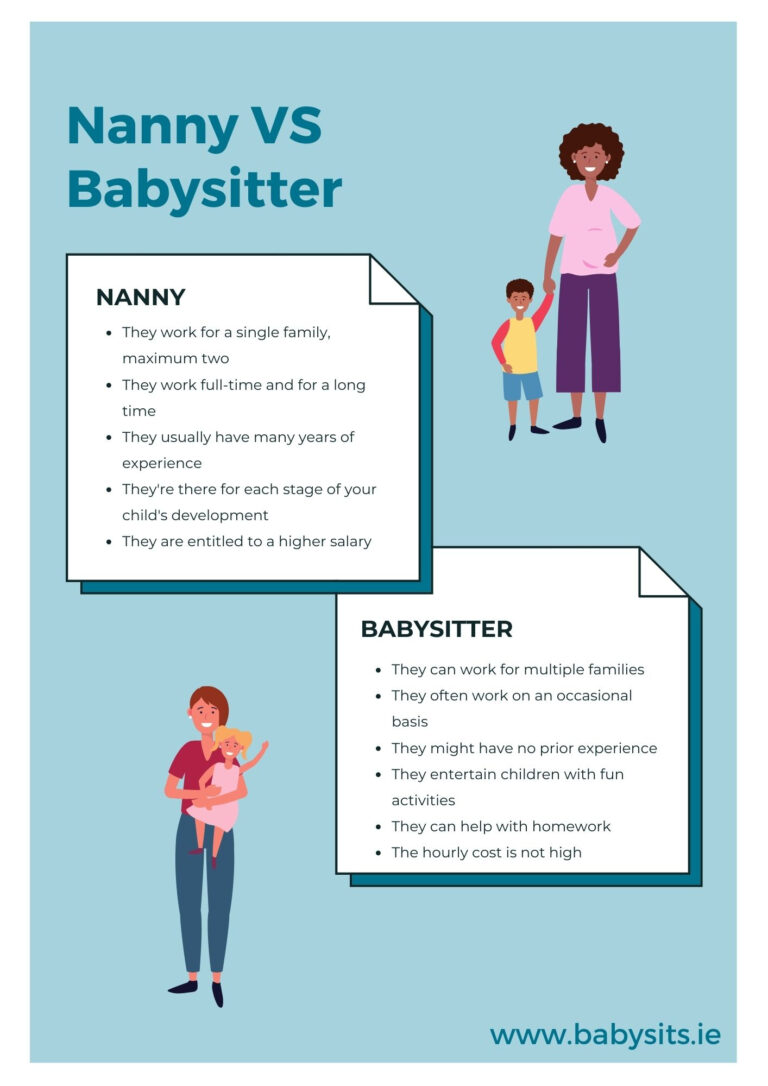When Do Babies Laugh: A Comprehensive Guide
Have you ever wondered when babies start to laugh and what makes them giggle with joy? As a parent or caregiver, understanding when and why babies laugh can provide valuable insights into their development and overall well-being. In this article, we will explore the fascinating world of baby laughter, from the science behind it to practical tips on how to elicit those precious giggles.
Knowledge
Laughter is a universal language that transcends age, culture, and background. Babies, like adults, laugh in response to a variety of stimuli, including funny faces, silly sounds, and playful interactions. However, the age at which babies start to laugh can vary widely from one child to another. On average, most babies begin to chuckle around 3 to 4 months of age, although some may start as early as 6 weeks old.
So, what exactly makes babies laugh? Researchers believe that baby laughter is a social behavior that helps strengthen the bond between infants and their caregivers. Babies are naturally drawn to faces and voices, so anything that captures their attention and elicits a positive response is likely to result in laughter. Simple games like peek-a-boo, tickling, and making funny sounds are all great ways to make babies laugh.
From a scientific standpoint, baby laughter is a complex interplay of physical, emotional, and cognitive factors. When babies laugh, their bodies release feel-good hormones like endorphins, which can help reduce stress and promote relaxation. Laughter also triggers the release of oxytocin, often referred to as the “love hormone,” which enhances social bonding and trust between infants and their caregivers.
If you’re looking to bring more laughter into your baby’s life, here are a few tips to get you started:
– Play games that involve physical interaction, such as peek-a-boo or gentle tickling.
– Use silly voices and exaggerated facial expressions to capture your baby’s attention.
– Incorporate music and movement into your playtime to stimulate your baby’s senses and encourage laughter.
– Pay attention to your baby’s cues and adjust your approach based on their reactions.
Conclusion
In conclusion, baby laughter is a precious gift that brings joy and happiness to both infants and their caregivers. By understanding the science behind baby laughter and incorporating simple techniques into your daily routine, you can create a positive and nurturing environment that promotes healthy development and strong emotional bonds. Remember, laughter is contagious, so don’t be afraid to let loose and have fun with your little one!
Overall, this article is aimed at parents, caregivers, and anyone interested in learning more about the magic of baby laughter. By providing valuable insights and practical tips, we hope to inspire readers to create meaningful and joyful experiences with the babies in their lives.
As we look to the future, the importance of laughter in early childhood development cannot be understated. By fostering a sense of humor and playfulness in babies, we can help lay the foundation for positive social interactions, emotional resilience, and lifelong happiness. So go ahead, embrace the laughter, and cherish those precious moments with your little one!






